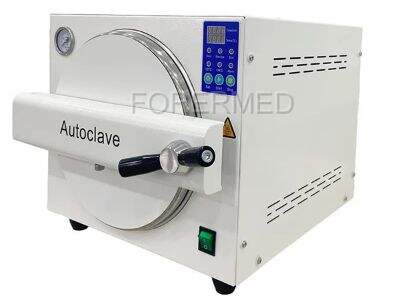Digital and analog blood pressure monitors are devices that measure the force of blood against the walls of blood vessels. But do you know what distinguishes them? Let us explore these two kinds of monitors.
Since both digital and analog monitors are available, here are the pros and cons of each type.
Electronic blood pressure monitors use sensors that transfer blood pressure levels into digital formats. They display the numbers on a digital screen, which makes reading very straightforward. Alternatively, analog blood pressure monitors come with a circular round dial that displays the pressure through a needle placed on a scale.
Accuracy and Precision
That’s because digital blood pressure monitors tend to yield more consistent and reliable readings. They are also easier to use, or at least to read, especially for children who may struggle with working out the time between analog monitors. Analog Readouts Require More Attention for Accurate Readings
A Conventional Choice With Special Characteristics
While digital monitors are pretty common today, there is still something to be said for analog blood pressure monitors. Analog blood analyser machine have a classic appearance, and some people find them more relatable. In addition, analog monitors do not require batteries or electricity, which means you can use them anywhere, even in remote areas that lack power.Lazy features and light reading
Digital blood pressure monitors have plenty of handy features that help track blood pressure levels like a breeze.
Some digital blood analyzer can store multiple readings over time, which allows users to track changes in their blood pressure. Most of them will feature large digital displays that are easy to read, so anyone can interpret their blood pressure readings.
What to consider when buying a blood pressure monitor
There are a few key considerations when choosing a blood pressure monitor. Select a simple, straightforward monitor to begin with. Digital full blood count machines are commonly recommended as they are easy to use and provide clear readings. And make sure that the cuff on the monitor is the proper size and fits well, because an ill-fitting cuff can throw off your readings. Finally, think about any additional features you’d want, such as the ability to have different user profiles or connect to a smartphone.
Table of Contents
- Since both digital and analog monitors are available, here are the pros and cons of each type.
- Accuracy and Precision
- A Conventional Choice With Special Characteristics
- Digital blood pressure monitors have plenty of handy features that help track blood pressure levels like a breeze.
- What to consider when buying a blood pressure monitor
 EN
EN
 AR
AR BG
BG HR
HR CS
CS DA
DA NL
NL FI
FI FR
FR DE
DE EL
EL HI
HI IT
IT JA
JA KO
KO NO
NO PL
PL PT
PT RO
RO RU
RU SV
SV CA
CA TL
TL ID
ID SR
SR SK
SK SL
SL VI
VI GL
GL HU
HU TH
TH TR
TR FA
FA MS
MS KM
KM LO
LO LA
LA MY
MY UZ
UZ KY
KY



